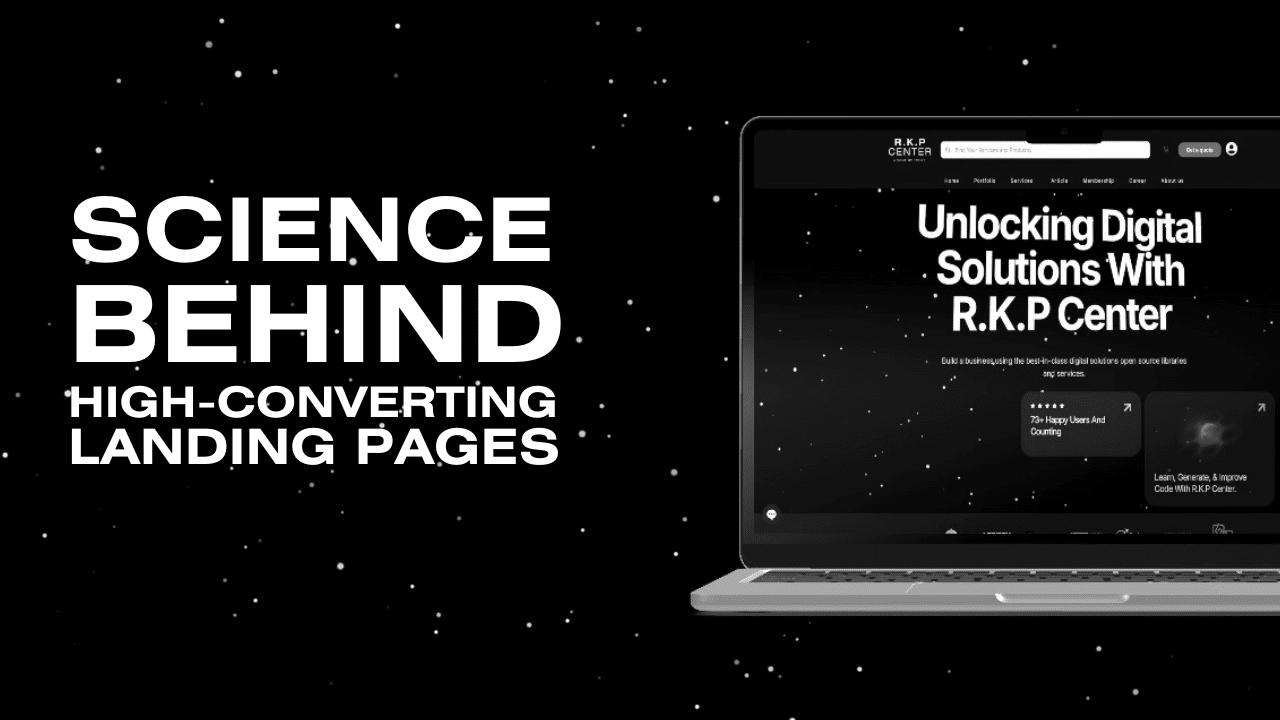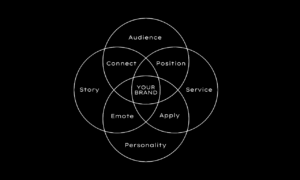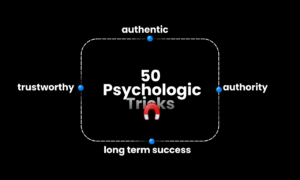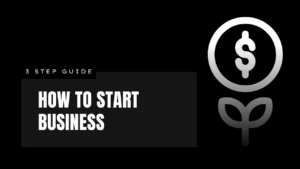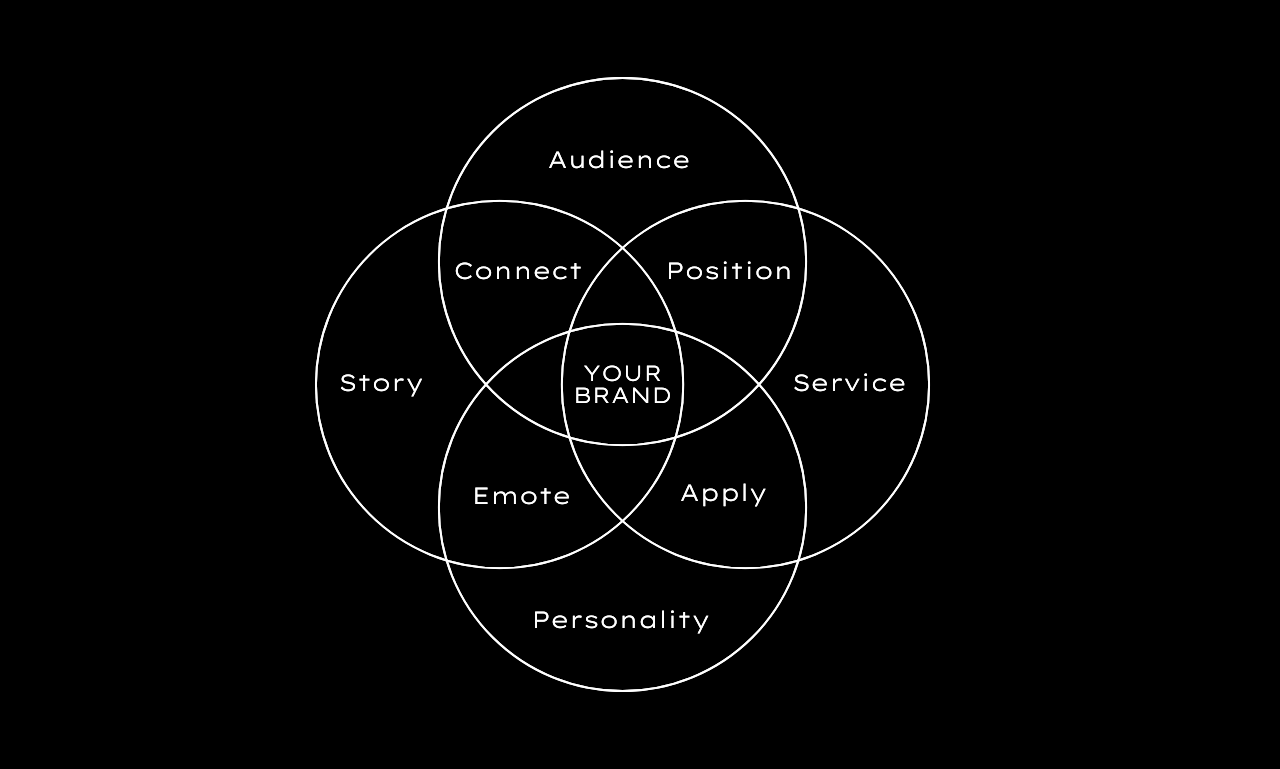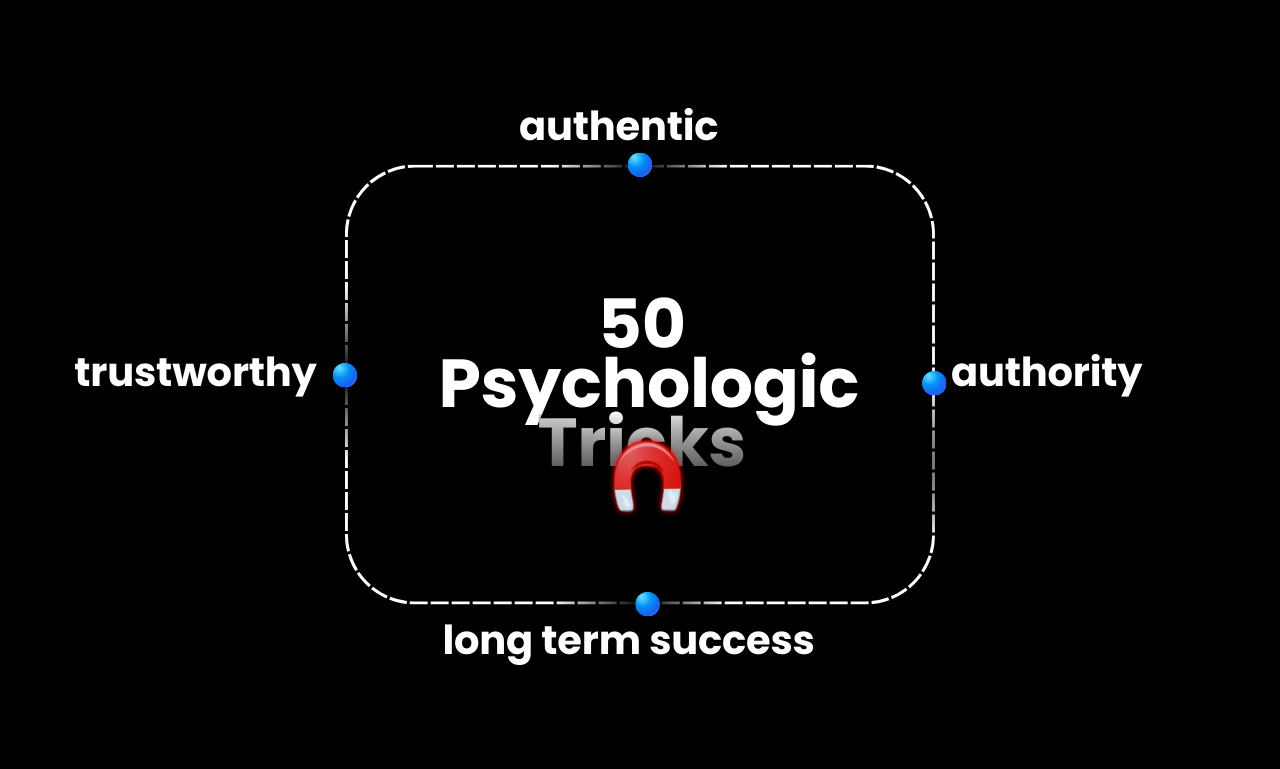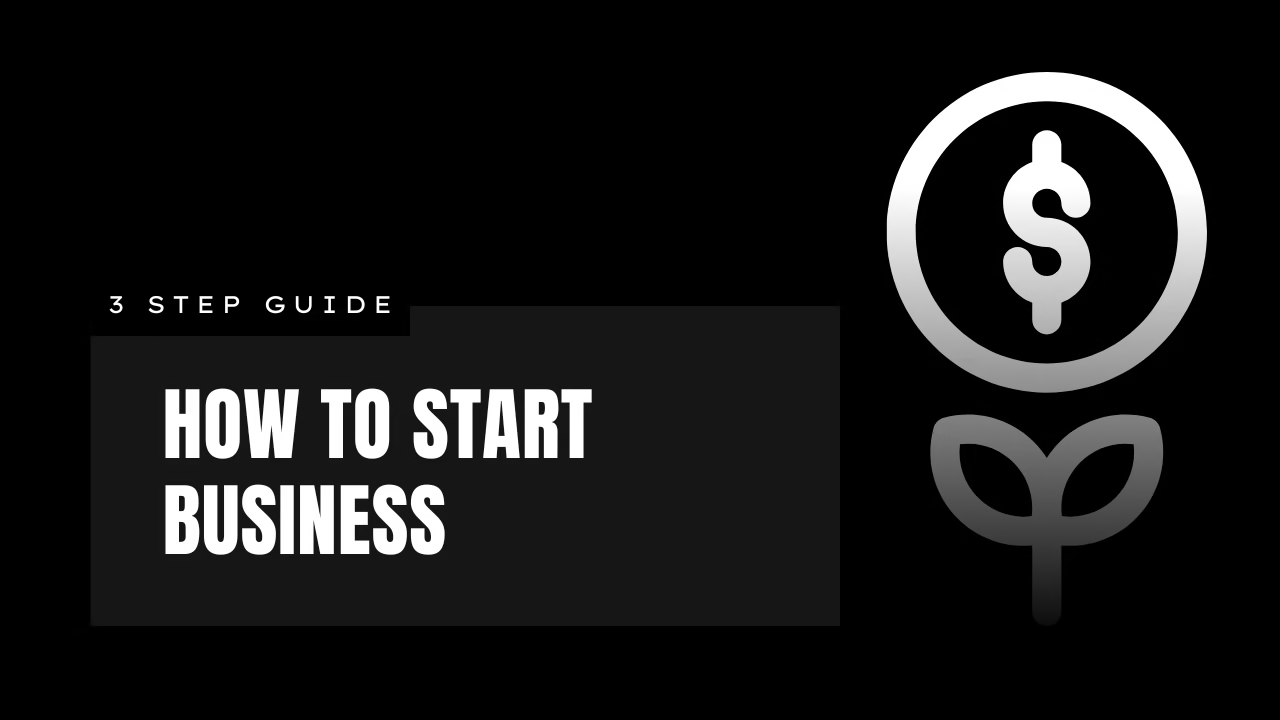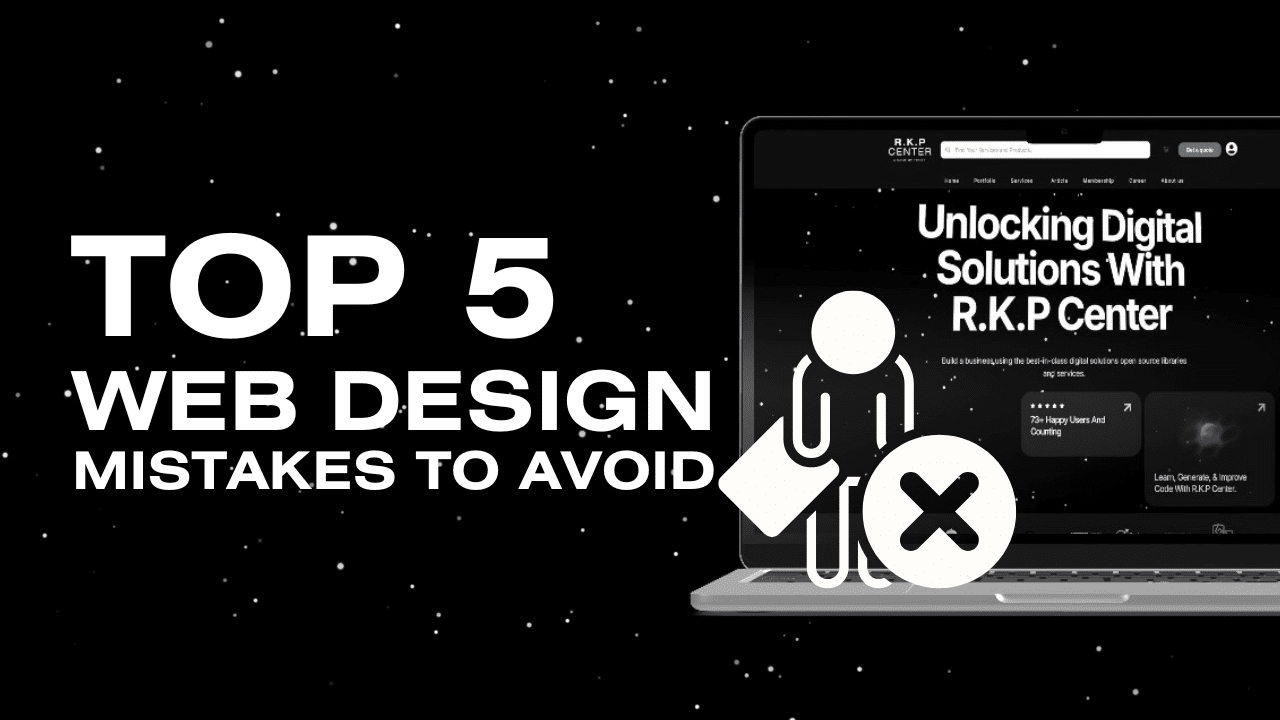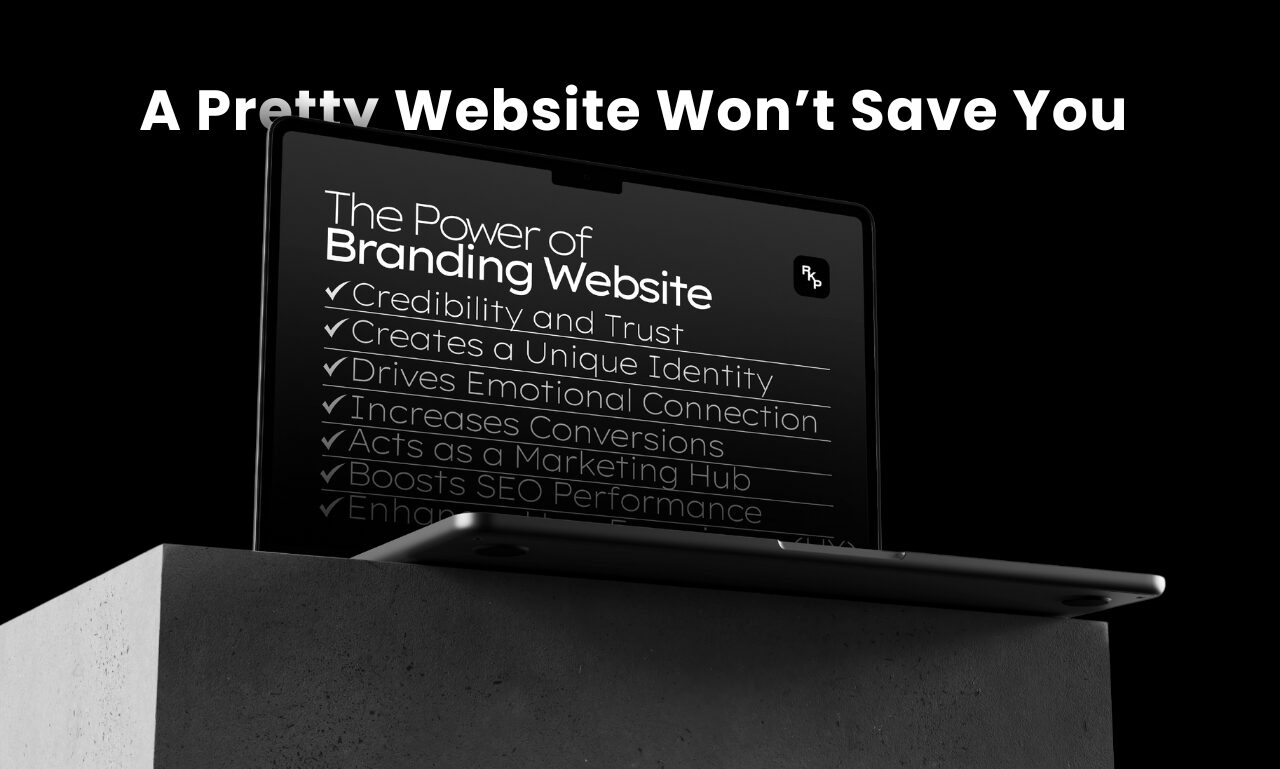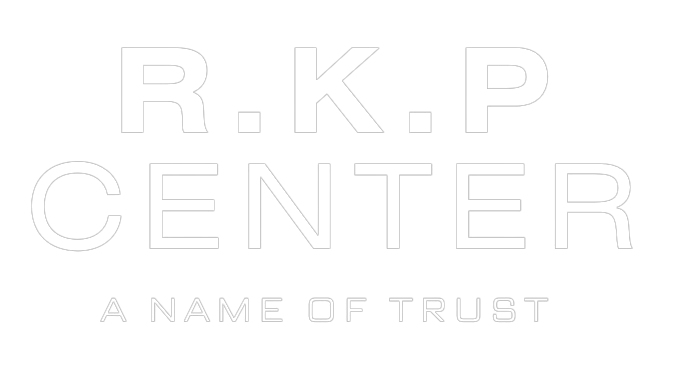Your website’s landing page could be its most valuable asset. Designed correctly, it’s a powerful conversion tool that transforms visitors into leads and drives results. But what separates an ordinary landing page from a high-converting one? Let’s break down the key elements.
1. Compelling Headline: Grabbing Attention Instantly
A landing page’s headline is the first thing visitors notice. It should be clear, bold, and directly related to the value of your product or service. Your headline should instantly answer “What’s in it for me?” capturing attention and setting the stage for what follows. Read more about the importance of effective headlines.
2. Engaging Visuals: Connecting Through Imagery
Studies show that visuals are processed 60,000 times faster than text. High-quality visuals that support your message—like a product demo video or an image showing your service in action—make your offer more relatable and engaging. Learn more about how visual communication impacts audience perception.
3. Social Proof: Building Trust Through Testimonials and Reviews
People trust what others say about your business. Adding social proof—such as testimonials, reviews, and case studies—builds credibility and reassures visitors that others have had a positive experience with your offer. Trust and social influence can be critical, so consider displaying customer testimonials or success stories. See how social proof drives online behavior.
4. Strong Call-to-Action (CTA): Directing the Next Step
A strong call-to-action (CTA) directs visitors on what to do next. Use contrasting colors, large fonts, and actionable language like “Get Started,” “Download Now,” or “Join Free.” Avoid generic CTAs and make sure it’s easy to find. For more on effective CTAs, check out call-to-action strategies.
5. Minimal Distractions: Keeping It Clean and Focused
High-converting landing pages are designed with simplicity in mind, reducing distractions and maintaining focus on the main goal. Keep navigation minimal and avoid unnecessary links or clutter. A clean, distraction-free layout helps visitors focus on the desired action. More about minimalism in web design can provide guidance.
6. Page Load Speed: Enhancing User Experience
Page load speed is vital for user experience and SEO. Studies show that 40% of visitors leave if a page takes more than 3 seconds to load. Use optimized images, reliable hosting, and minimize code to reduce load times. For further insights, explore website performance and its impact on conversion.
7. Data-Driven Testing: Refining Through Analytics
Finally, regularly test your landing page to optimize conversions. Use A/B testing for different headlines, images, CTAs, and layouts to see what resonates with your audience. Continuously analyzing visitor behavior and testing variations enables you to refine your page for better performance. Learn more about A/B testing.
Conclusion
A high-converting landing page results from a clear message, a focused experience, and deliberate design choices. Want expert help in creating a high-converting landing page? R.K.P Center specializes in crafting optimized landing pages tailored to your business. Start maximizing your conversions today!
By implementing these best practices, you’ll transform your landing page into a powerful tool that consistently drives conversions and supports your business growth.

